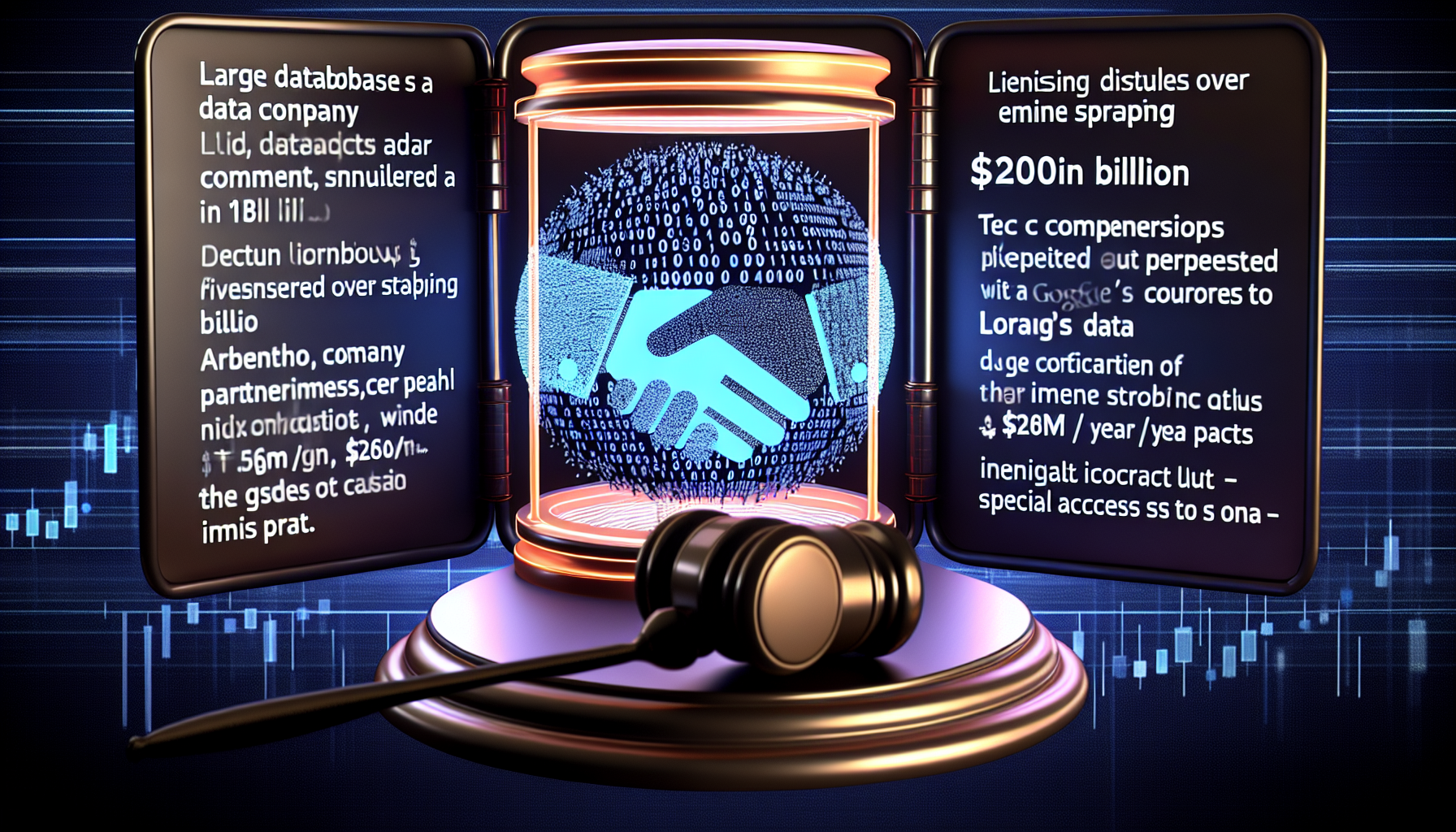The Discovery relocation is colliding with harsh math and harsher warnings: Smithsonian officials say moving the orbiter would require “significant disassembly,” potentially “destroy[ing] its historical value,” even as a new law starts an 18‑month clock to move it by early 2027 [1][4].
The July 4, 2025 tax-and-immigration package set aside $85 million for the move, but internal estimates peg the real price tag closer to $375–380 million when transport and new exhibits are included, raising a steep fiscal and preservation dilemma [1][3][4].
Key Takeaways
– Shows transport at $50–55 million and exhibit work near $325 million, pushing Discovery relocation totals toward $375–380 million beyond the bill’s $85 million. – Reveals an 18‑month legal window from July 4, 2025, culminating Jan. 4, 2027, compressing complex engineering, shipping, and exhibit build schedules. – Demonstrates at least four senators urged appropriators to halt transfer, citing permanent damage risks to fragile thermal tiles and reduced public access. – Indicates disassembly is likely required, with the Smithsonian warning it could “destroy its historical value” and complicate claims the museum holds title. – Suggests the $85 million appropriation covers just 22–23% of projected needs, leaving a funding gap exceeding $290 million without new congressional support.
What the White House was told about Discovery relocation
On Oct. 2, 2025, the Smithsonian said relocating Discovery would require “significant disassembly,” a step it warned could “destroy its historical value,” underscoring that the orbiter’s integrity is inseparable from its current, carefully preserved configuration [1]. The institution has resisted any transfer that compromises the artifact’s authenticity, reiterating it holds title to Discovery and bears a mandate to preserve it intact [4].
The Smithsonian’s position reframes the policy question from “how to move Discovery” to “whether moving Discovery can be done without irreparable loss.” That reframing carries technical implications as well: disassembly increases the number of high-risk touchpoints, especially given fragile heat-shield tiles that have already drawn concern from both engineers and lawmakers [1][3].
The cost breakdown and funding gap for Discovery relocation
Published estimates from the Smithsonian and NASA outline two principal buckets: $50–55 million for transport logistics and roughly $325 million for designing and building new exhibits to house the orbiter at its destination [1][4]. Combined, the figures imply a total outlay in the $375–380 million range, contingent on engineering constraints, transit protections, and build standards for public display [1][4].
Those totals dwarf the law’s $85 million line-item, leaving an implied shortfall of about $290–295 million that would require additional appropriations, philanthropy, or significant scope changes to close [3][4]. On a proportional basis, transport represents roughly 13–15% of projected costs, while exhibit construction comprises 85–87%—a reminder that “moving Discovery” is mostly an exhibition infrastructure challenge, not just a truck-and-barge problem [1][4].
Critics of the move have cited the mismatch between the $85 million appropriation and the Smithsonian/NASA cost ranges as a red flag for potential overruns or midstream compromises to protect the artifact [2][3]. Sen. Mark Kelly—a former shuttle commander—questioned why “hundreds of millions of taxpayer dollars” should be spent on relocating an already publicly accessible national treasure when budgets are tight elsewhere [2].
Legal timeline and ownership hurdles for Discovery relocation
The legislation enacted July 4, 2025 starts an 18‑month clock, creating a statutory deadline of Jan. 4, 2027 to effectuate the transfer if it proceeds—an aggressive timetable for a fragile artifact and a multi-hundred-million-dollar exhibit build [1][4]. The law that includes the move has been colloquially referred to as the “One Big Beautiful Bill,” but the operational constraints it imposes are anything but simple [4].
Complicating the schedule is ownership: the Smithsonian asserts it owns Discovery and is resisting any directive that would force disassembly or harm [4]. Legal experts have said the museum could refuse a transfer order that conflicts with its preservation mandate, setting up a potential confrontation between congressional intent and institutional stewardship [5]. That potential conflict overlaps with NASA’s role, which continues to navigate political and regional pressures over where shuttle artifacts are displayed [5].
Political pressure and regional interests
The Washington Post reported that the federal package included $85 million aimed at sending Discovery to Texas, with supporters—including Sens. John Cornyn and Ted Cruz—arguing Houston merits recognition for its central role in human spaceflight [3]. Opponents countered that the relocation’s true costs exceed $300 million and that the move risks both logistical setbacks and reduced public access during multi-year construction [3].
In September, four senators—Mark Kelly, Mark Warner, Tim Kaine, and Dick Durbin—pressed appropriators to keep Discovery in the Smithsonian, emphasizing that moving it would jeopardize the artifact and strain budgets better spent on science and education [2]. Meanwhile, NASA has faced pressure to identify an orbiter for Houston, even as legal and funding amendments to block the relocation proliferated on Capitol Hill over the summer [5].
Engineering risks, logistics and public access tradeoffs
Beyond cost, transportation risk is front and center. The orbiter’s thermal protection system—thousands of brittle silica tiles—can be damaged by vibration, temperature swings, or minor impacts during packing and transit, especially if disassembly multiplies handling steps [3][5]. Maritime routes add hazard layers: barge transits introduce weather, humidity, and crane interface risks that require custom fixtures and climate controls, each a cost and schedule driver [5].
The Smithsonian’s curators argue that disassembly threatens the artifact in ways that cannot be remedied by reassembly or cosmetic repair, because the shuttle’s authenticity resides in original materials and context—including how the orbiter is mounted and presented [1][4]. Exhibit teams also stress that designing a new, climate-controlled, seismically stable structure for a 122‑foot-long, 78‑foot‑wingspan vehicle requires specialized engineering and months of certifications before public opening [1][4].
Public access is another balancing act. The Post noted concerns that years of deinstallation, shipping, and reconstruction could limit access to the orbiter versus keeping Discovery in its current, already open setting at the Smithsonian’s Steven F. Udvar-Hazy Center [3]. That interlude of reduced access—potentially spanning multiple fiscal years given permitting and construction—cuts against the law’s stated goal of enhancing public engagement with the vehicle [3].
What happens next for Discovery relocation
With the clock ticking to Jan. 4, 2027, appropriators could either backfill the ~$290 million gap, rewrite the mandate, or pause the move amid preservation concerns [1][3][4]. One near-term lever is the annual spending process: senators have already asked appropriators to block funds or add protective language, while other members seek amendments to ensure Houston receives an orbiter, keeping the political fight active into the next budget cycle [2][5].
The Smithsonian has been directed to prepare for potential relocation steps, but it maintains that any plan requiring extensive disassembly endangers Discovery’s historical integrity and may be incompatible with its preservation obligations [1][4]. Unless lawmakers reconcile costs, schedule, legal authority, and the museum’s custodial duty, the nation’s most flown shuttle could become the center of a costly policy stalemate—with history itself at stake [1][2][3][4][5].
Sources:
[1] FFXnow – NEW: Smithsonian directed to prepare Space Shuttle Discovery for relocation: https://www.ffxnow.com/2025/10/02/new-smithsonian-directed-to-prepare-space-shuttle-discovery-for-relocation/
[2] Ars Technica – Senators to appropriators: leave Space Shuttle Discovery in the Smithsonian: https://arstechnica.com/space/2025/09/senators-to-appropriators-leave-space-shuttle-discovery-in-smithsonian/ [3] The Washington Post – Trump’s tax bill would send an iconic Smithsonian spacecraft to Texas: www.washingtonpost.com/nation/2025/07/03/space-shuttle-texas-smithsonian-congress/” target=”_blank” rel=”nofollow noopener noreferrer”>https://www.washingtonpost.com/nation/2025/07/03/space-shuttle-texas-smithsonian-congress/
[4] Space.com – The Smithsonian Institution owns the Discovery; museum resists relocation: www.space.com/space-exploration/the-smithsonian-institution-owns-the-discovery-museum-resists-trumps-big-beautiful-bill-plan-to-move-space-shuttle-to-houston” target=”_blank” rel=”nofollow noopener noreferrer”>https://www.space.com/space-exploration/the-smithsonian-institution-owns-the-discovery-museum-resists-trumps-big-beautiful-bill-plan-to-move-space-shuttle-to-houston [5] collectSPACE – Houston, you’ve got a space shuttle… only NASA won’t say which one: www.collectspace.com/news/news-080625a-nasa-decision-space-shuttle-move-houston.html” target=”_blank” rel=”nofollow noopener noreferrer”>https://www.collectspace.com/news/news-080625a-nasa-decision-space-shuttle-move-houston.html
Image generated by DALL-E 3











Leave a Reply